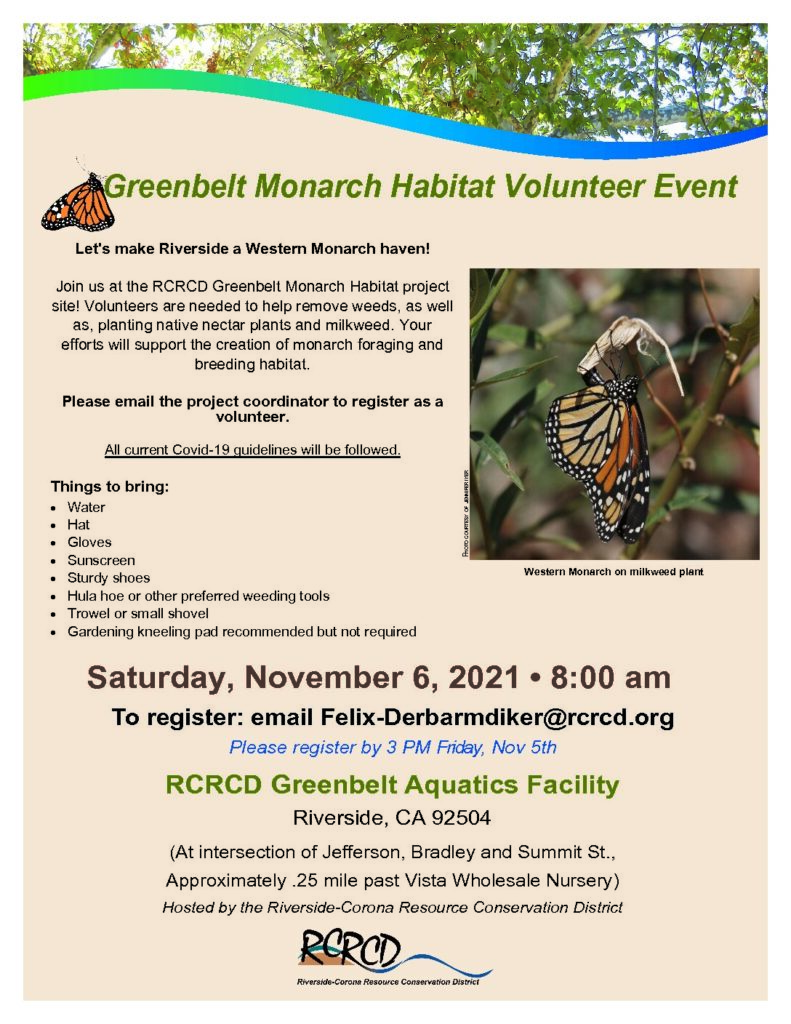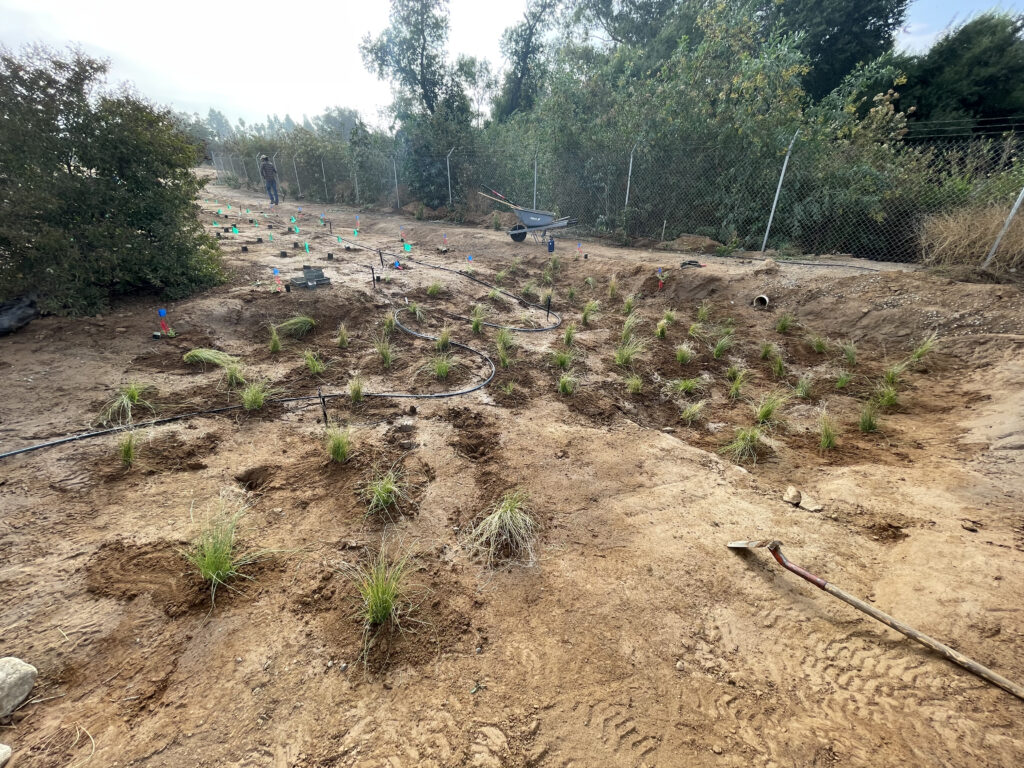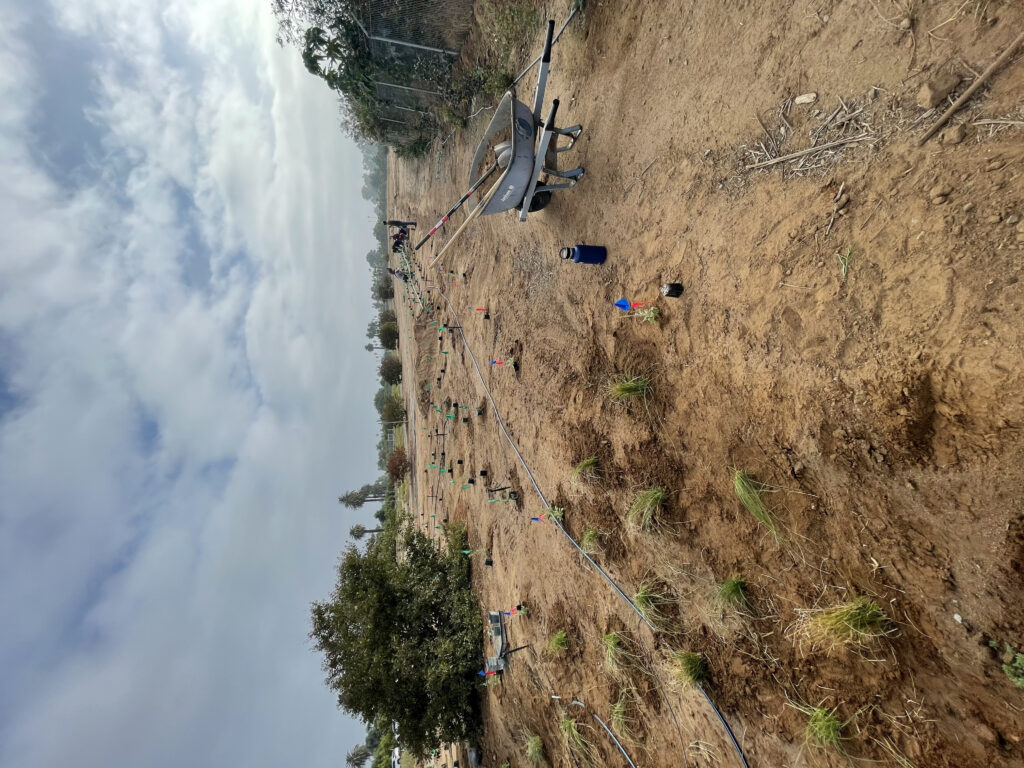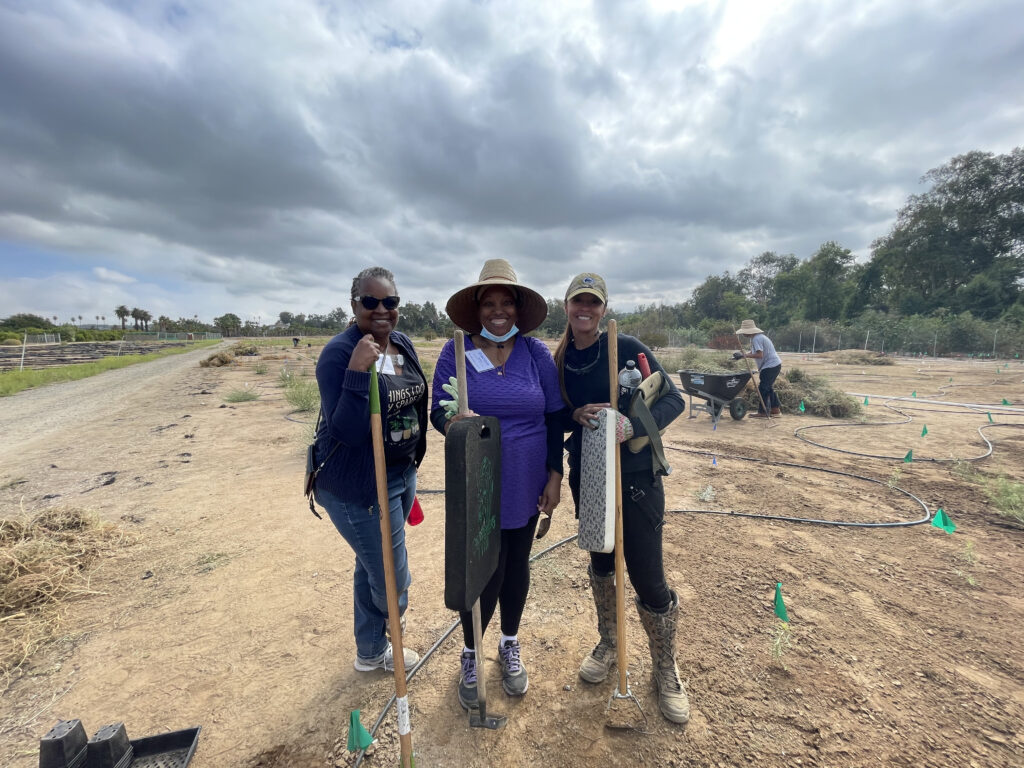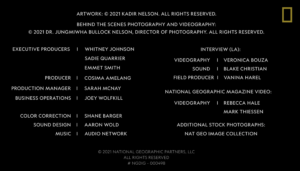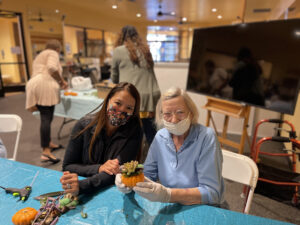RCRCD Greenbelt Monarch Habitat Volunteer Event
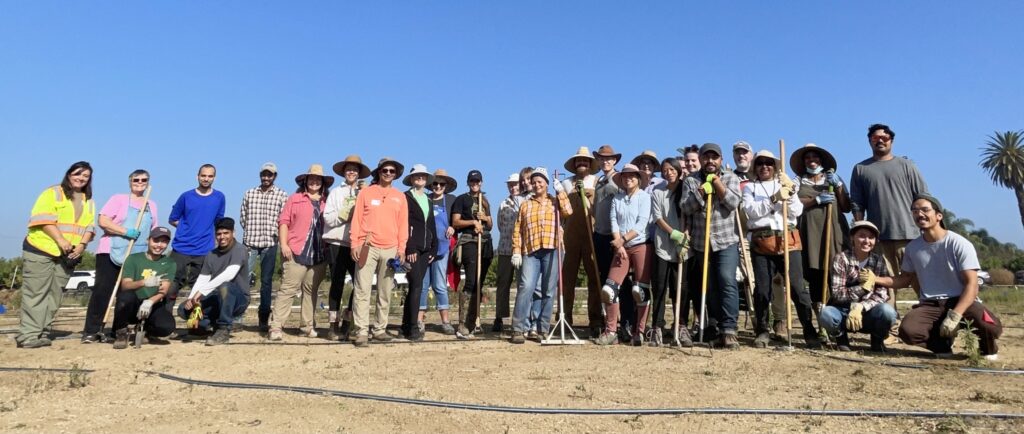
November 6, 2021 | Riverside, CA – Today I joined 30 other volunteers again to dedicate a few hours continuing to build out a 2-acre Monarch sanctuary to do our part in increasing the population. During the pandemic, research reported that the population of Monarchs had dropped down to a historical low, 1% of it’s population, making these rare insect gems in danger of extinction.
Two things everyone can do to help if you are unable to volunteer at events such as this one sponsored by RCRCD.
1 | NATIVE MILKWEED – Be sure that if you are planting or know of someone else who plants “milkweed” for monarchs, that you are only planting native milkweed in your area. Many of the larger box chain stores sell milkweed, but they are typically “tropical milkweed”, which is NOT the same as “native” milkweed. The difference is that native milkweed will die back in your area, whereas, tropical milkweed needs to be cut back to at least 3-4 inches at the end of October (for safe keeping) so that the Monarchs will migrate south for the winter. Tropical milkweed if not pruned back will often trick the butterflies into thinking that they should stick around. This makes them prone to contracting diseases, dying off, and not following their instinctive migratory patterns.
2 | NO PESTICIDES – If you’d like to do your part, and not just for Monarchs but for all pollinators that are helpful in the evolution of best horticultural practices, please, please do not use pesticides. There are many safe options that can be used instead because pesticides kill off the very pollinators that are so very needed for our environment to thrive. Google “great pesticide alternatives” and there will be ample solutions you can use to do your part!
